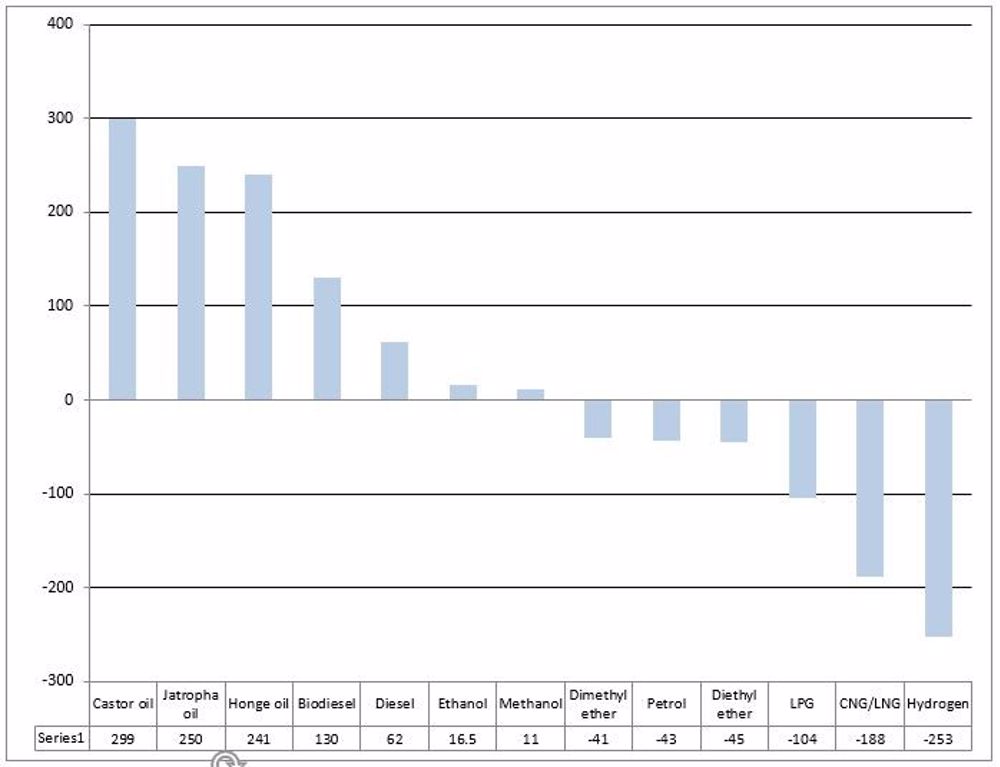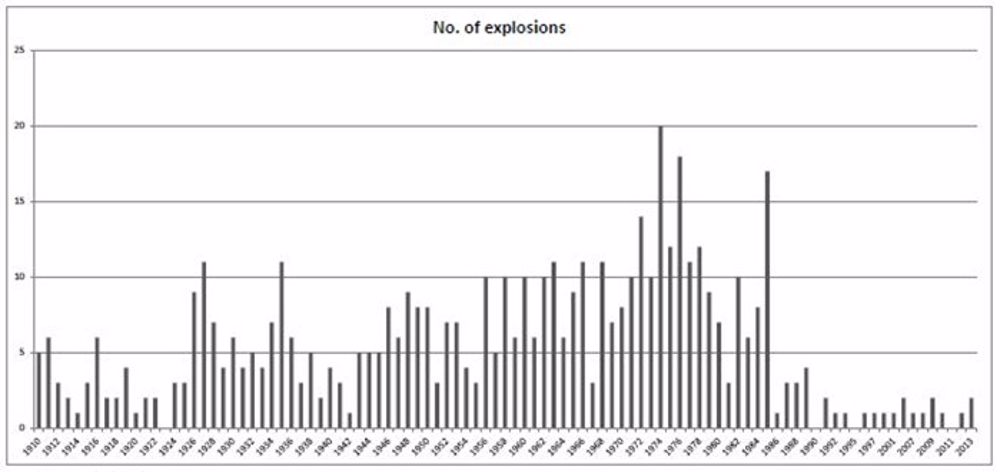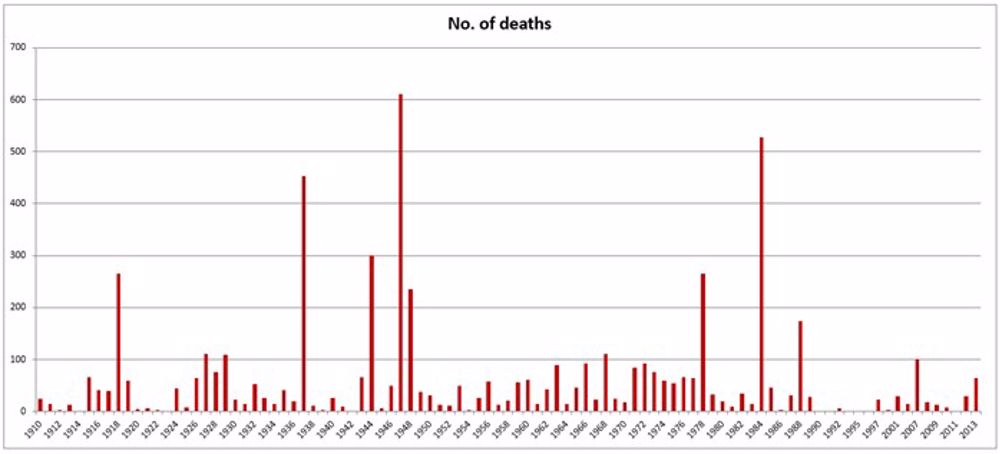Investigating the viability and improved safety of vegetable oil fuel as a potential replacement for fossil fuels
Introduction
I am an experienced chemical, environmental and risk engineer. While completing a PhD in applied science in 2019, I investigated the possibility of replacing fossil fuels with vegetable oil (VO). This has potential to be sustainable by being greenhouse-gas neutral and has the added benefit of much improving fuel safety. Firstly I conducted a literature review studying engines, oil producing plant species and land availability for growing fuels. Engines addressed were the various forms of compression-ignition engine including Herbert Ackroyd Stuart’s oil engine, Rudolf Karl Diesel’s diesel engine and Ludwig Elsbett’s modified diesel engine designed specifically for vegetable oil. I then drove my 1996 Mitsubishi Triton utility vehicle for a total of 45,000km under trial conditions involving town and country travel, noting weather and traffic conditions, vehicle loading and fuel type. Fuel was initially straight vegetable oil (SVO) but following some difficulties I switched to a 50/50 blend of VO and diesel fuel, using straight diesel fuel as control.
Other researchers used blends with typically 2-10% vegetable oil and almost exclusively used food oils. Using these we would effectively be taking food out of people’s mouths. There was almost no other work done in Australia and limited on-road trials anywhere in the world, researchers usually working in the laboratory with single-cylinder test engines. Even less work was available using fuel from oil-producing trees such as Indian Beech, Sea Almond, Indian Lilac and Mastwood. My work used filtered waste vegetable oil from a number of local fish-and-chip shops.
I concluded (a) that the 50/50 vegetable oil/diesel fuel blend is viable and performed slightly better than diesel fuel, (b) that there are more than 2000 species of non-food oil producing plants and trees available, and (c) that there is nowhere near enough land available to provide current world energy consumption unless we move towards sustainable populations and economies. The latter problem led me to address the broader sociological and philosophical questions posed by our current use of fossil fuels such as land-grabbing in poorer countries to satisfy the fuel and food needs of wealthier nations and the economic and environmental pressure which our continuing near-exponential population growth causes.
Once I realised that non-food vegetable oil works, I then assessed fuel safety in some detail.
Fuel safety
The safety of a fuel is directly governed by its flashpoint (see Figure 1) which for liquids is the temperature at which it spontaneously ignites and for gases, is the boiling point. While lower flashpoint fuel engines are easier to manage, we in the western world seem intent upon using ever more dangerous fuels moving from petrol to liquefied petroleum gas (LPG), Compressed Natural Gas (CNG), Liquefied Natural Gas (LNG) and finally to the most volatile gas of all, hydrogen. The current sustainable fuel initiative here in Australia is to use ‘green’ hydrogen. This fails to recognise that the lower the flashpoint is, the more dangerous the fuel is. Hydrogen has the lowest flashpoint of all fuels (boiling point -253℃) and the highest flammability range (4-75%) of all potential fuels such that its use is likely to cause more deaths than current fossil fuels. Consequently, if vegetable oil with its higher viscosity than fossil fuels proves to be viable, we will reap a large reward in fuel safety. Vegetable oil flashpoints are generally in the range 100-300℃.
The only exception to this is diesel fuel and to a certain extent, biodiesel which is made from vegetable oil. I studied major fuel and fuel-like accidents which have occurred at manufacturing plants around the world in the period 1910 to 2013 (see Figures 2 and 3) and also road-accident statistics involving fuel fires.
Of 616 accidents studied, natural gas caused most of the explosions followed by petrol, propane, butane, solvents, dust, LPG, kerosene, ethylene, acetylene, hydrocarbons and crude oil. Natural gas also caused the most deaths. The worst events in terms of deaths per explosion are those involving pipelines, roads, and large scale occupied premises. To prevent this, it is reasonable to suggest that distribution of gases by pipeline and gas supply to multiple occupancy premises should be reconsidered.
Of countries studied, the US has the highest number of events and of deaths. This does not suggest that this country is less responsible rather, it shows that its data is more readily available internationally. In contrast, the only event listed for North Korea is one which remained unreported for a considerable period and where help from other countries was initially declined.
I have calculated conservatively that based on current world population of 7.7 billion, if all fuel was replaced with vegetable oil, the potential for loss-of-life saving would be in the range 5507 to 7255 persons/year.


